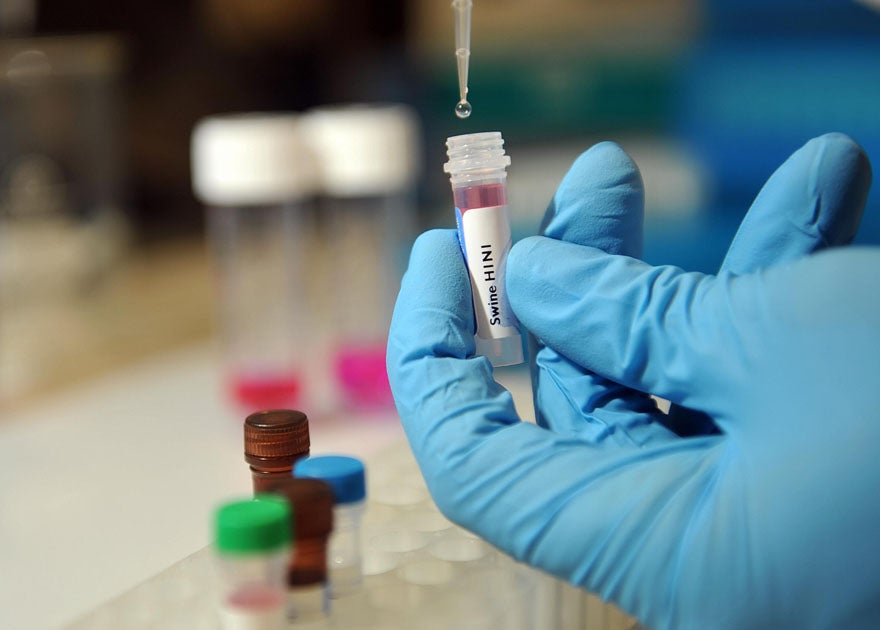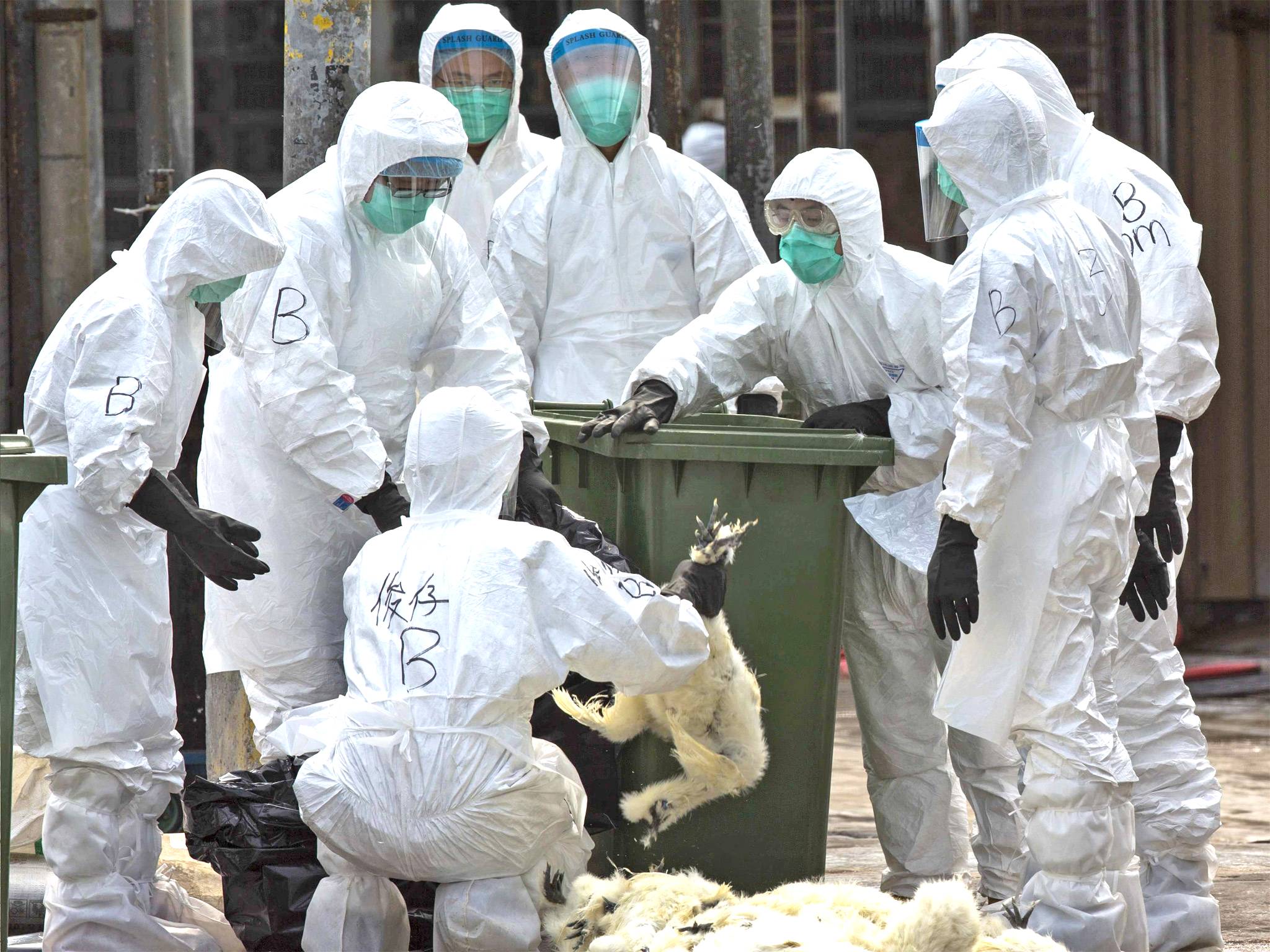Experiments could cause deadly bird flu pandemic, scientists warn
Researchers have created more infectious forms of viruses in laboratories

Scientists have created a new and highly contagious form of bird flu that could trigger a deadly global pandemic if accidentally unleashed, according to concerned researchers.
The new strain was created to better understand how to combat the deadly virus but researchers at Harvard and Yale universities in the US argue the risk of the virus escaping the laboratory is too great.
The most dangerous strain of bird flu, H5N1, started spreading in Asia in the late 90s and has killed more than 300 people and millions of poultry.
According to the World Health Organisation, the mortality rate of the disease is 60 per cent and the only thing that has stopped a previous pandemic is the fact it is very difficult to pass from person to person and instead results from contact with infected birds.
But a new strain has been created that would be far more infectious for humans.
The laboratory-created virus has been changed to pass between ferrets, the closest model for human transmission.

The report, written by epidemiologists Marc Lipsitch, from Harvard, and Alison Galvani, from Yale, argues that the change would be applicable to experiments with smallpox and Sars.
Writing in journal PLOS Medicine, they calculated that if 10 laboratories conducted experiments on the altered strains for a decade, there would be 20 per cent risk of the infection escaping and starting to spread.
“Part of what makes H5N1 so deadly is that most people lack an immunity to it,” Mr Lipsitch told Harvard Magazine.
“If you make a strain that’s highly transmissible between humans, as the Dutch team did, it could be disastrous if it ever escaped the lab.”
He argued that the precedent had already been set by the swine flu outbreak from the 1970’s onwards, which is thought to have originated from a laboratory accident that released a strain preserved from the 1950s.
Mr Lipsitch and his colleagues are pushing for change to research practices to stop the creation of more contagious forms of deadly diseases, even in controlled environments, to reduce the risk of pandemics.
The attempted publication of the creation of a report on the creation of the highly infectious bird flu strain prompted a row among scientists and government agencies in 2012.
The US National Science Advisory Board for Biosecurity eventually approved the report’s release after initially blocking it over fears the information could be used in biological warfare.
Join our commenting forum
Join thought-provoking conversations, follow other Independent readers and see their replies
Comments